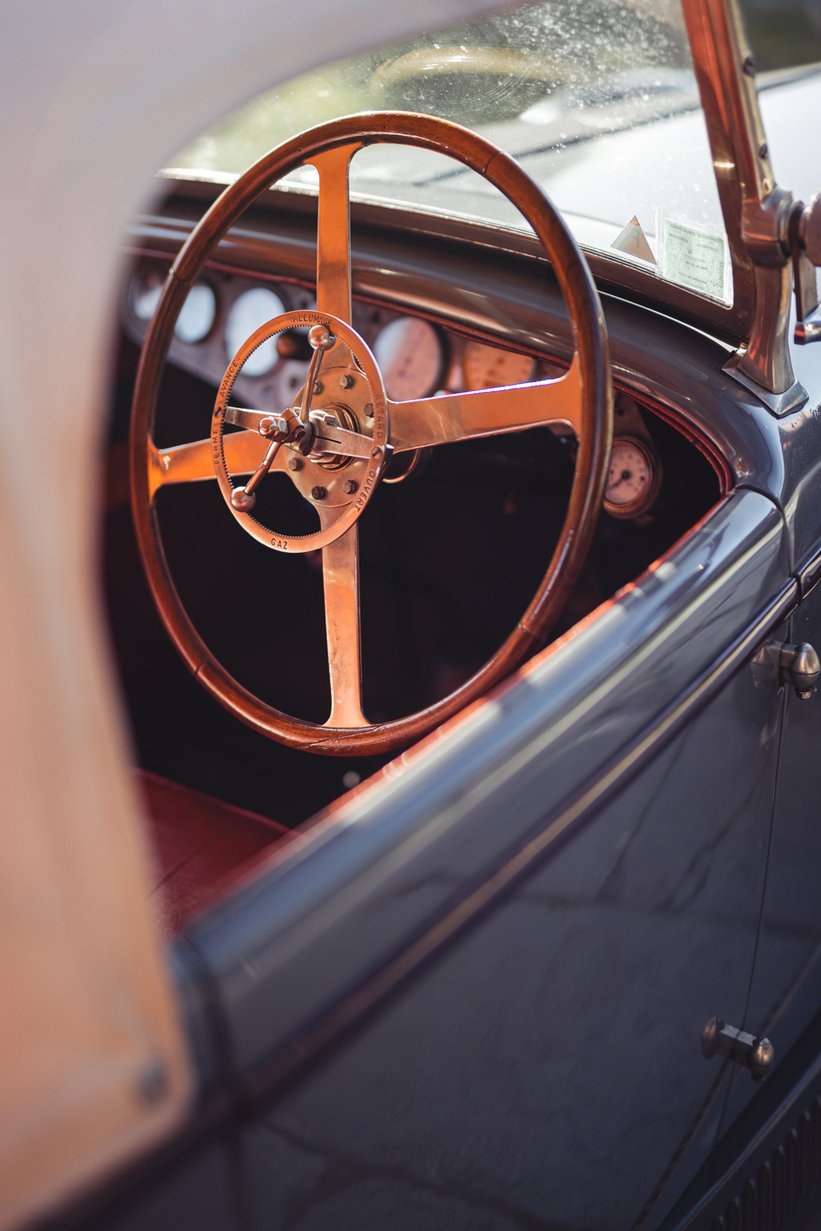
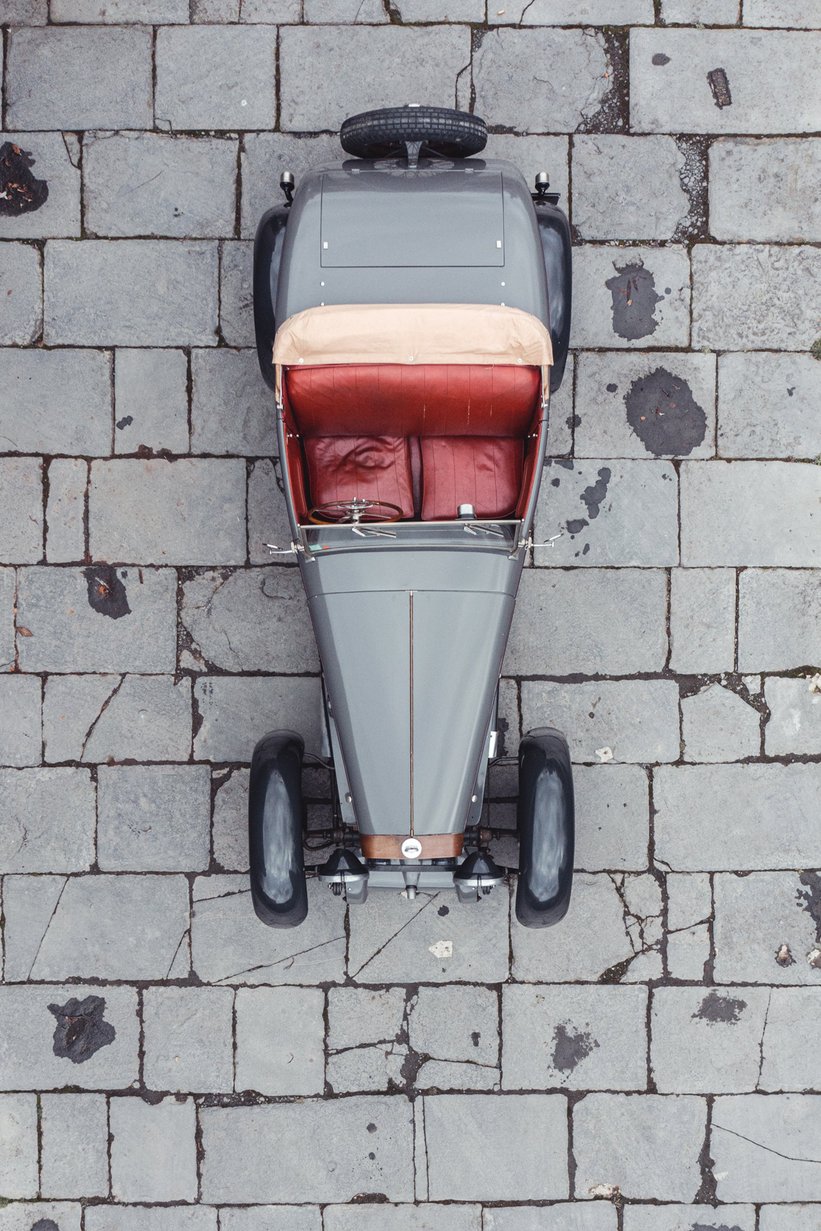
It is likely that you have never heard of this sublime Oméga Six Competition Three-Litre Short Chassis from 1928. And for a good reason, this relatively unknown French constructor belongs to that swarm of small yet highly ambitious French car manufacturers that were born in the 1920s.
Many of them relied on the talent of renowned engineers and engine builders, including Eugène Marius Gadoux, a brilliant engineer who became deputy technical director at Hispano-Suiza in 1915, before co-founding the “Compagnie Industrielle des Moteurs à Explosion” (CIME), known as the reference subcontractor of car manufacturers of the time.
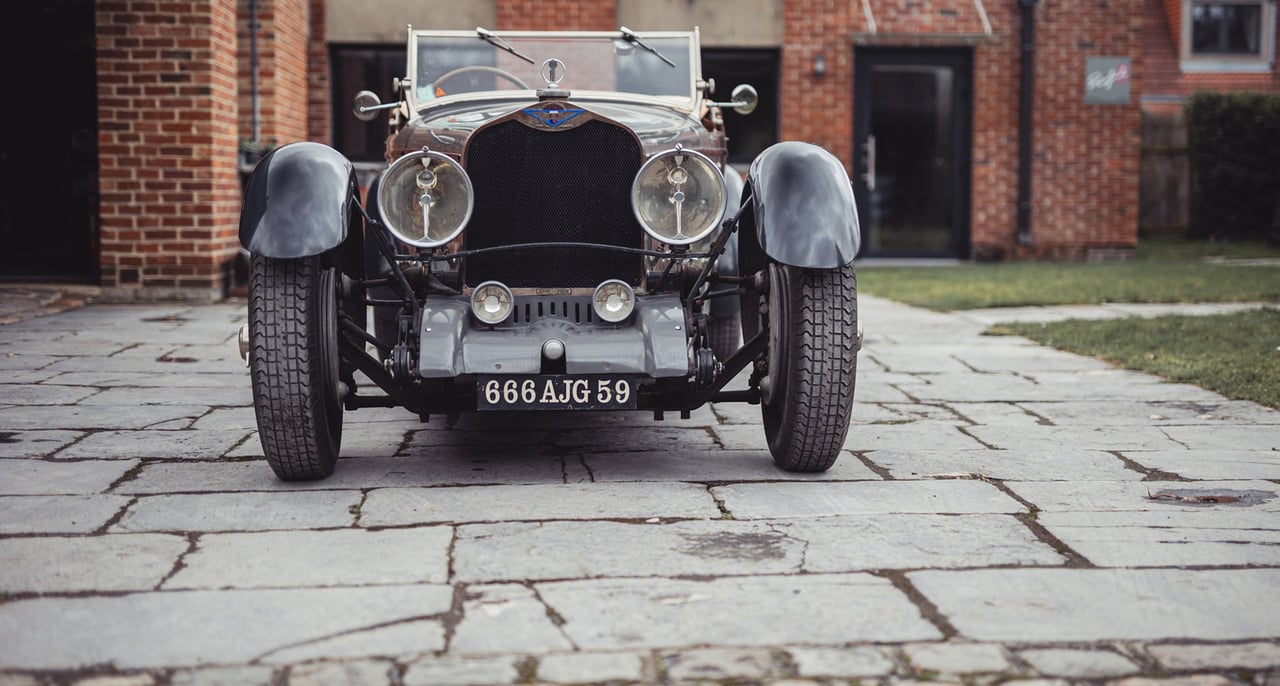
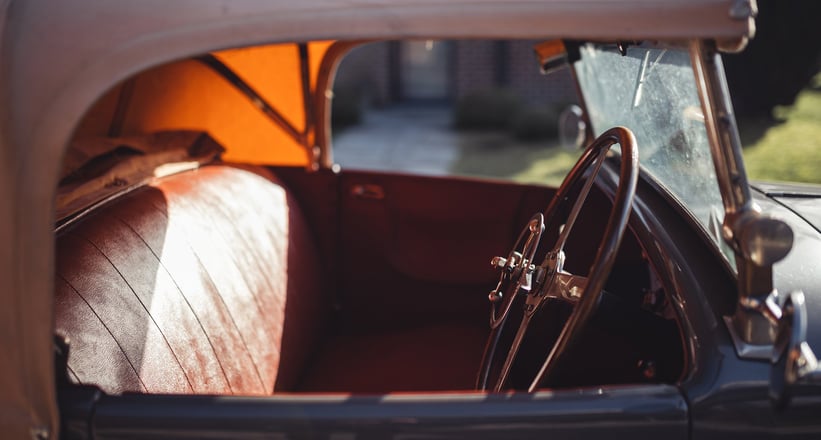
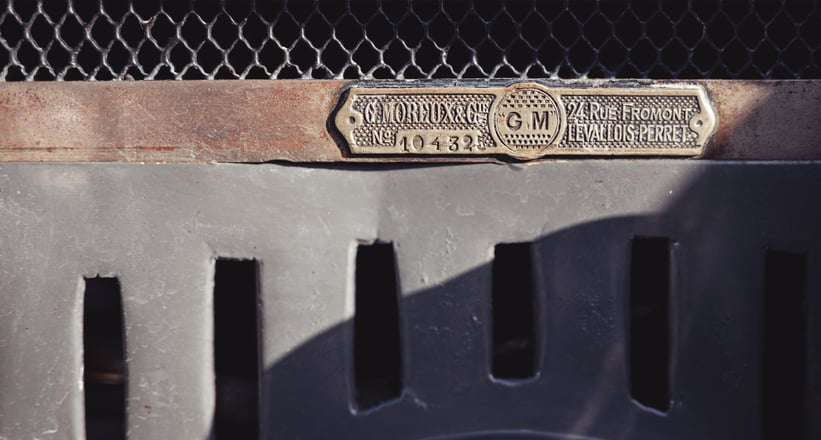
As Hugo Baldy, a specialist at Aguttes on Wheels who will be offering this car for sale on 1 May, tells us, "Gadoux was certainly the master builder of the sublime V8 Hispano aero engine. Once at CIME, Gadoux had access to the best materials of the time and became a key supplier of engines and components to the best French niche manufacturers. It is therefore not surprising to find Gadoux's technical choices at the heart of the design of this stunning Oméga-Six."

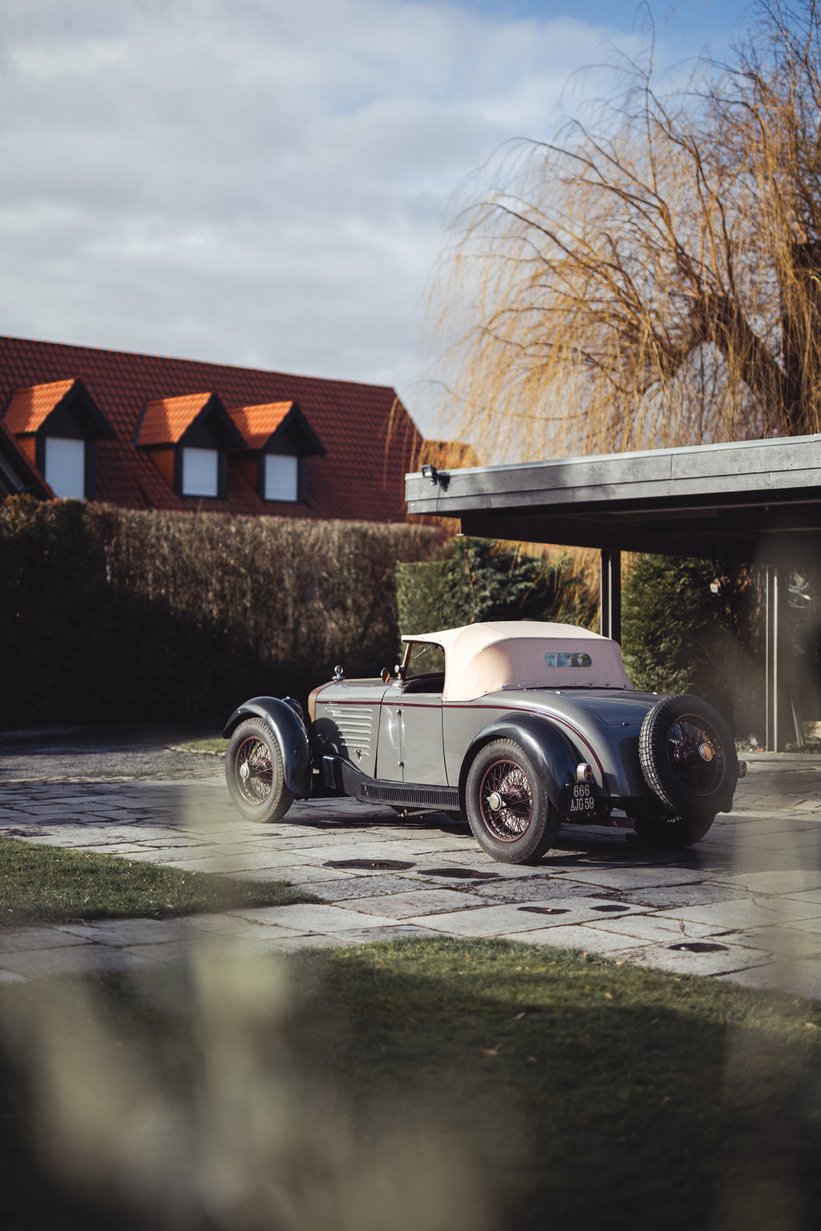
The other key figure is Gabriel Daubeck, also known as Daubech. This timber merchant started from nothing and became one of the richest men in France, having been the official supplier of the Northern railway sleepers - a huge market since the railway network needed to be fully rebuilt after WW1. His rapid and considerable wealth in the context of the Roaring Twenties led him to adopt a lavish lifestyle. His wealth opened him many doors and he got to personally know Ettore Bugatti. Daubech then began to dream of launching his own car brand. To this end, he created Oméga-Six in September 1922, in partnership with Gadoux.
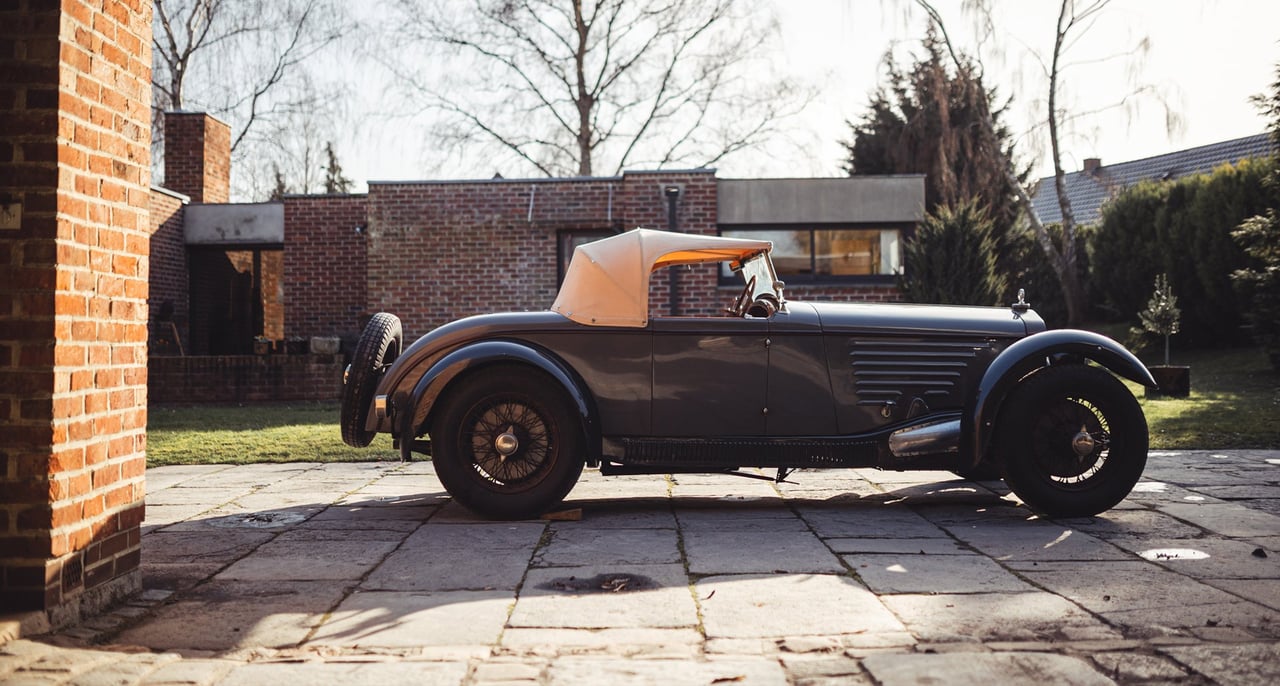


Hugo Baldy testifies: "It took the duo only a month to reveal the Oméga-Six Type A during the 1922 Salon de Paris Salon. The brand was launched with a striking slogan: "The first French car built in precious steel"! With such a short lead-time, it is likely that Daubech bought an entire car project that had previously been independently developed by Gadoux. For the three first months the company was actually called ‘Oméga Six, Gadoux & Daubeck’ before adopting the name Oméga-Six."
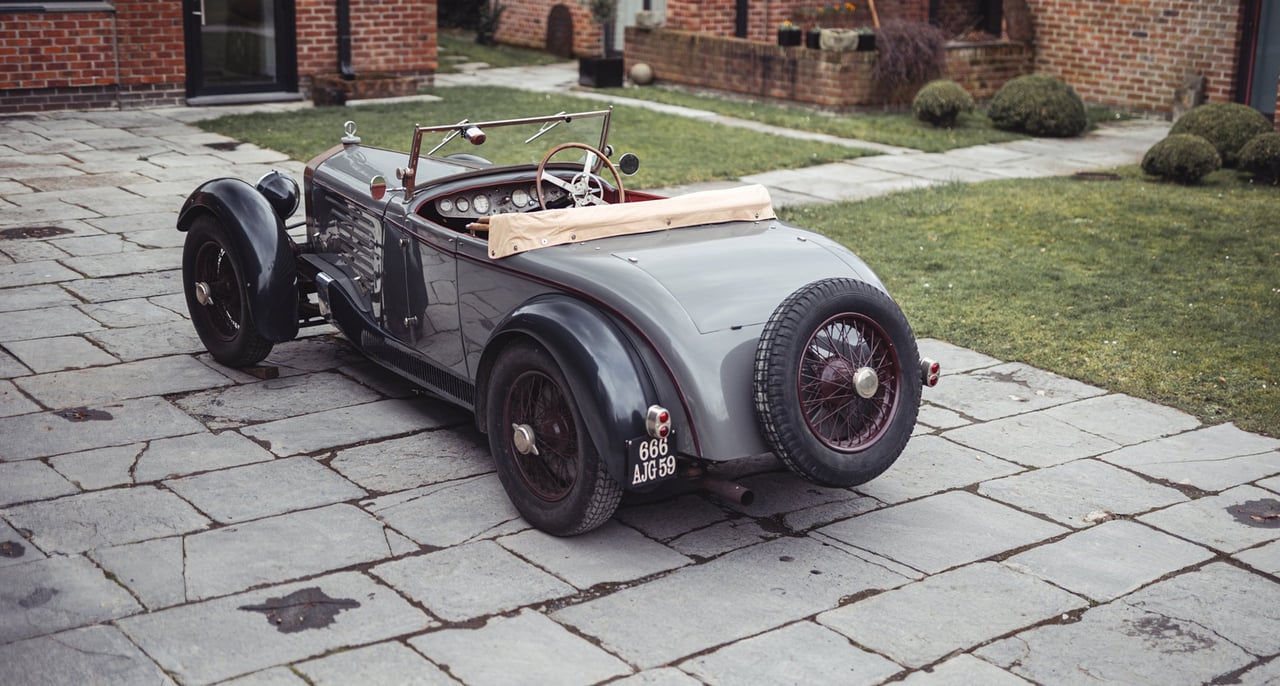

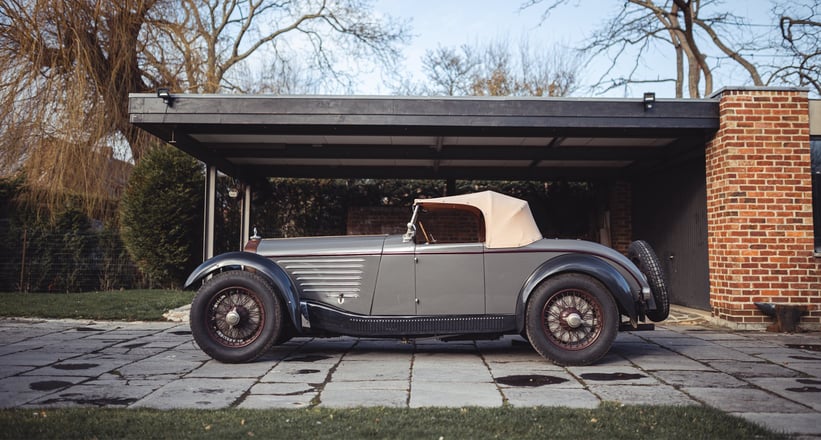
The car created a stir. It was clearly the brainchild of Gadoux: the radiator’s shape was close to the one seen on Hispano Suiza cars, and the same could be said about the architecture of the superb 1900cc six-cylinder engine. Built with state-of-the-art materials signed CIME, the car was full of innovative technical choices. Last but not least, its very narrow and light chassis, weighting only 725 kilos, was also a masterpiece of Gadoux’s creation.
Although Gadoux was no longer involved from 1923 onwards, Oméga-Six made a name for itself with cars that shined in Concours d’Elegance. This was at a time when the brand didn’t shy away from using silk or snakeskin for its interiors.

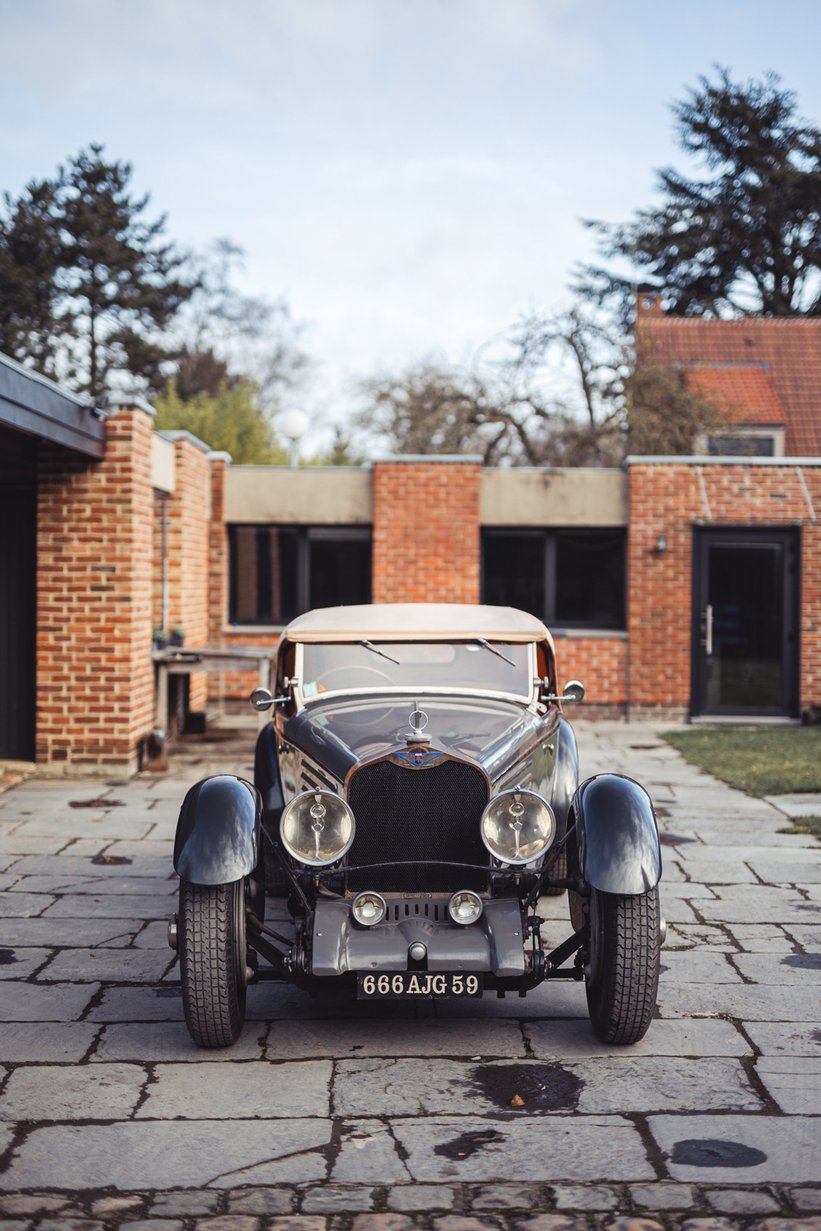
The ambitions in competition, notably at Le Mans, had to be measured somewhat due to a lack of reliability. However, this didn’t impeach the Type B, which launched in 1927 to be a commercial success. This allowed Oméga-Six to present a real range at the 1928 Paris Motor Show, with five cars powered by engines offered in different capacities.
1928 also saw the launch of the superb Competition 3 Litres Short Chassis Roadster that will be sold by Aguttes on May 1st. This superb car is today the only survivor of the brand, and it comes with the second surviving six-cylinder engine made by the brand.
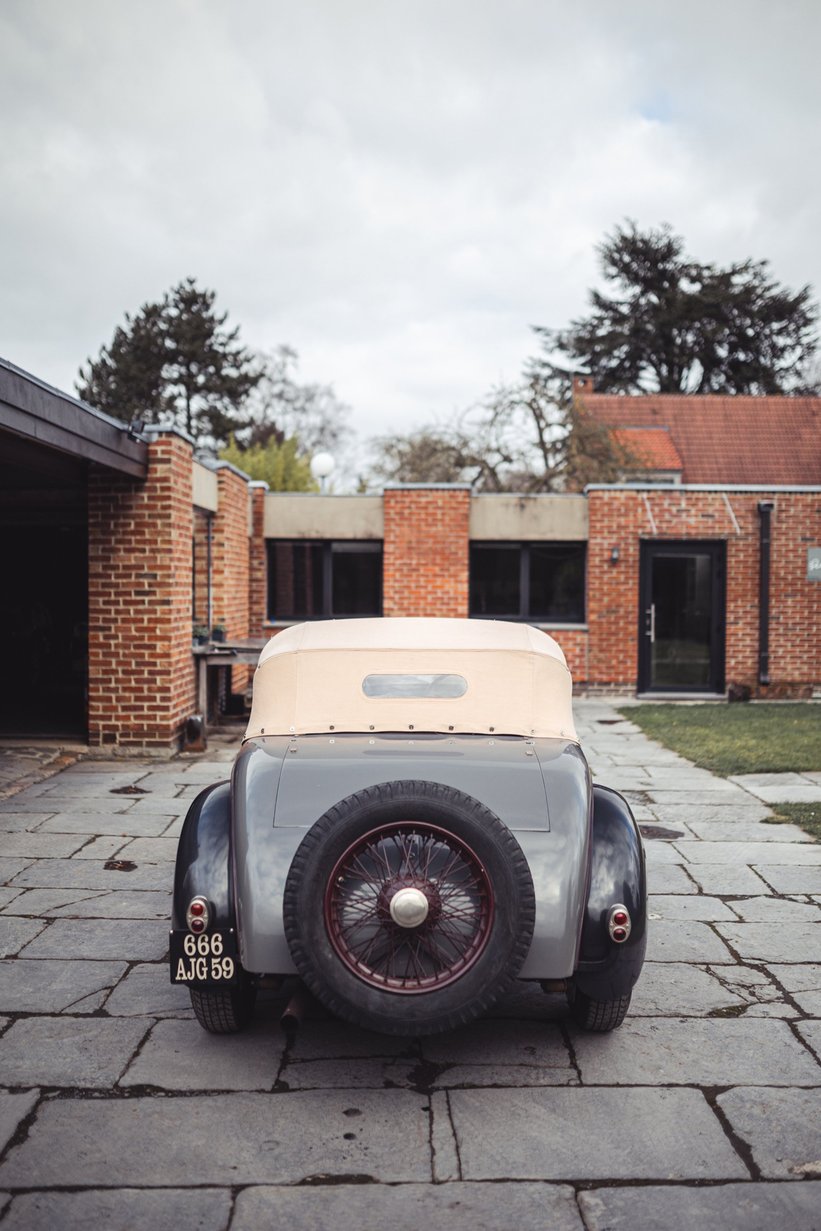
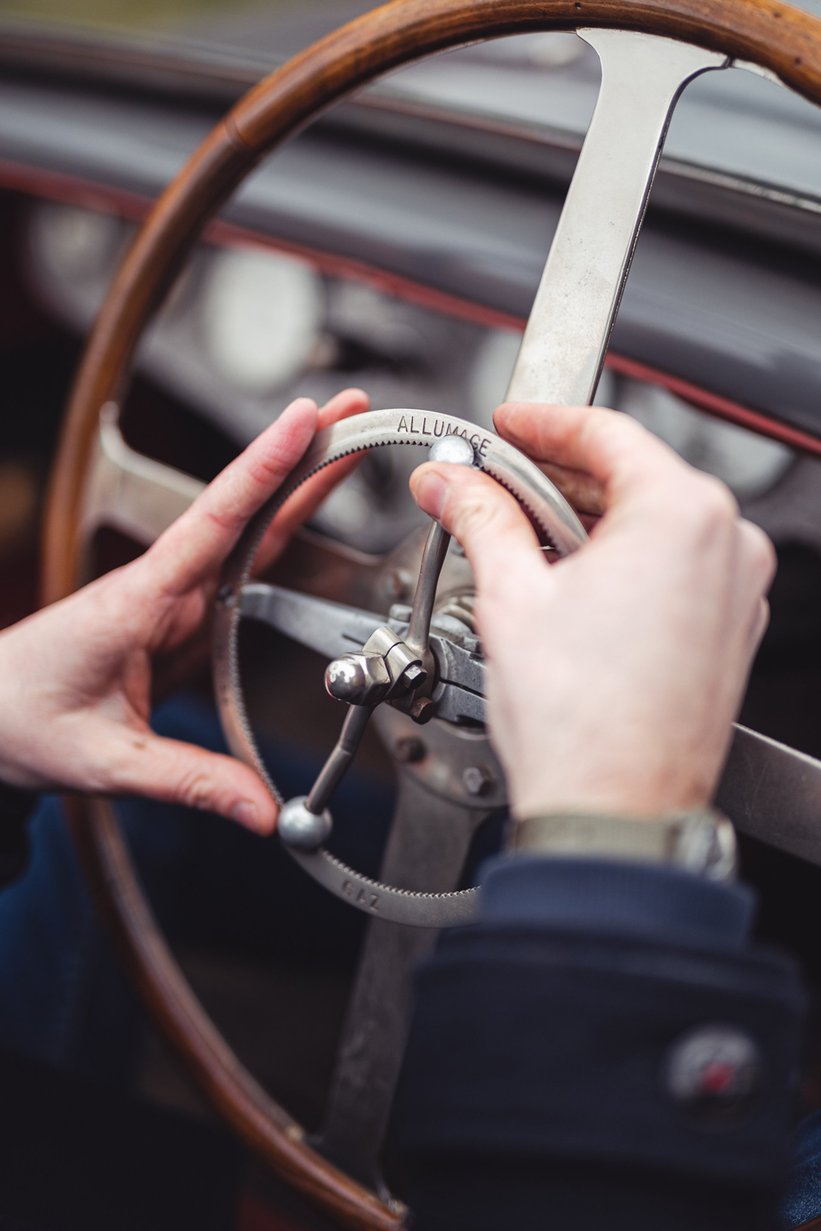
With its remarkable proportions, the car has a most interesting history as Hugo Baldy tells us: "The story goes that Hellé Nice, then called the fastest woman in the world for her racing exploits at the wheel of Bugatti and Alfa Romeo racing cars, drove this Omega Six at the Monthlery Women's grand prix in 1929. The former nude dancer, a world star, drove around the ring after a very festive night made of champagne, sex, and morphine."
More than its light sporting results, it was the combination of rarity, the quality of the materials used and the pleasure of driving that made the Oméga-Six brand famous in that era.
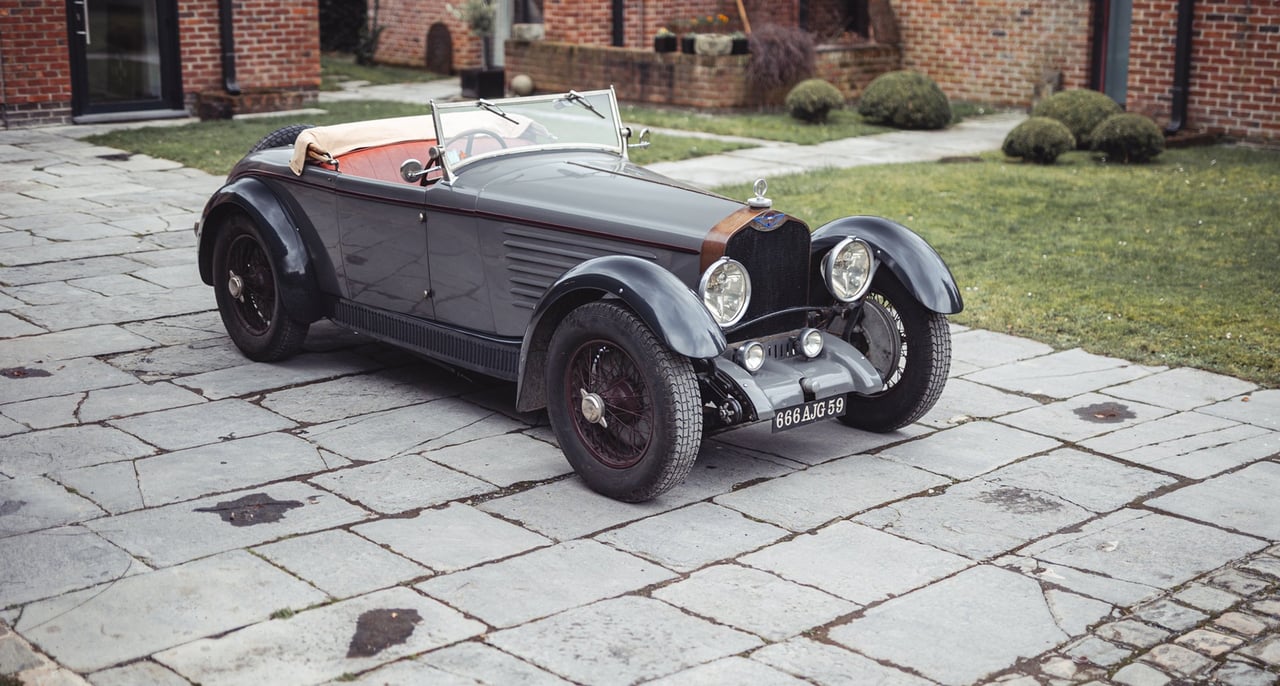
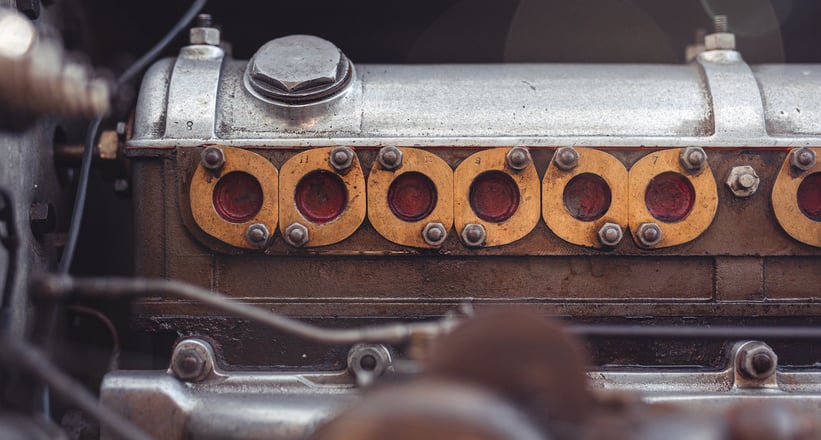
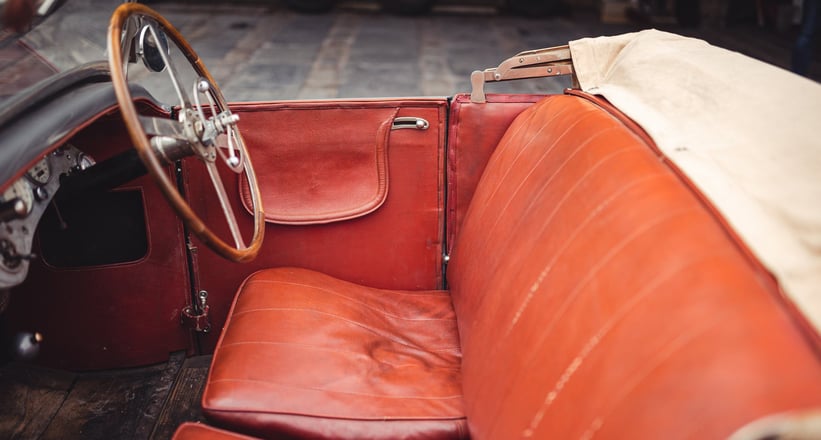
Unfortunately, the years that followed became incredibly difficult for all the niche car manufacturers, due to the impact of 1929 crisis. Oméga-Six was no exception to the rule and closed its doors by the early Thirties. As for Daubech, he died in a Parisian psychiatric hospital in 1945 as a result of syphilis that had rendered him insane...
The three-litre roadster outlived him and was raced in local hill-climb competitions in the hands of Gabriel Lascaut. He broke various records with the Oméga-Six, and most of them would last until the early 1950s. Serge Pozzoli then bought the car in 1960.

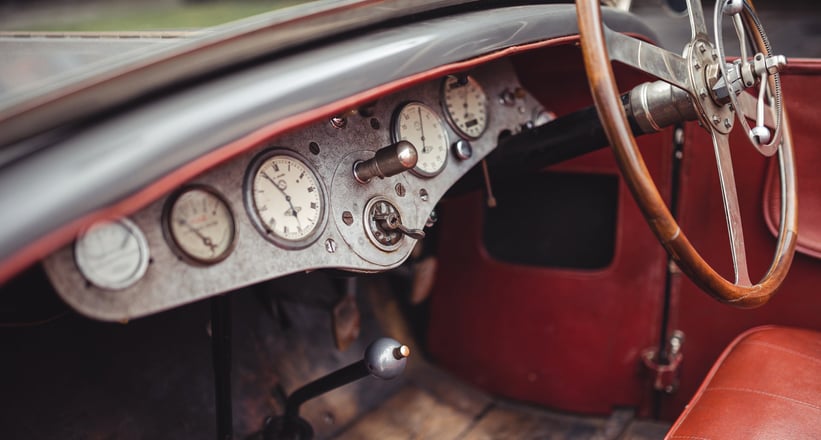

Gautier Rossignol, Director of the Aguttes On Wheels Department, says: "Pozzoli was truly the king of classic cars in France. He saved many automotive treasures when very few people were interested. The Oméga-Six was acquired with a second 2,650cc engine. Pozzoli had the car restored by his mechanic, Albert Leblond, and used it very regularly. According to his relatives, it was his favourite car. It was only after his death that the current owner was able to acquire this unique piece of history, with the second engine that still accompanies the car to this day."
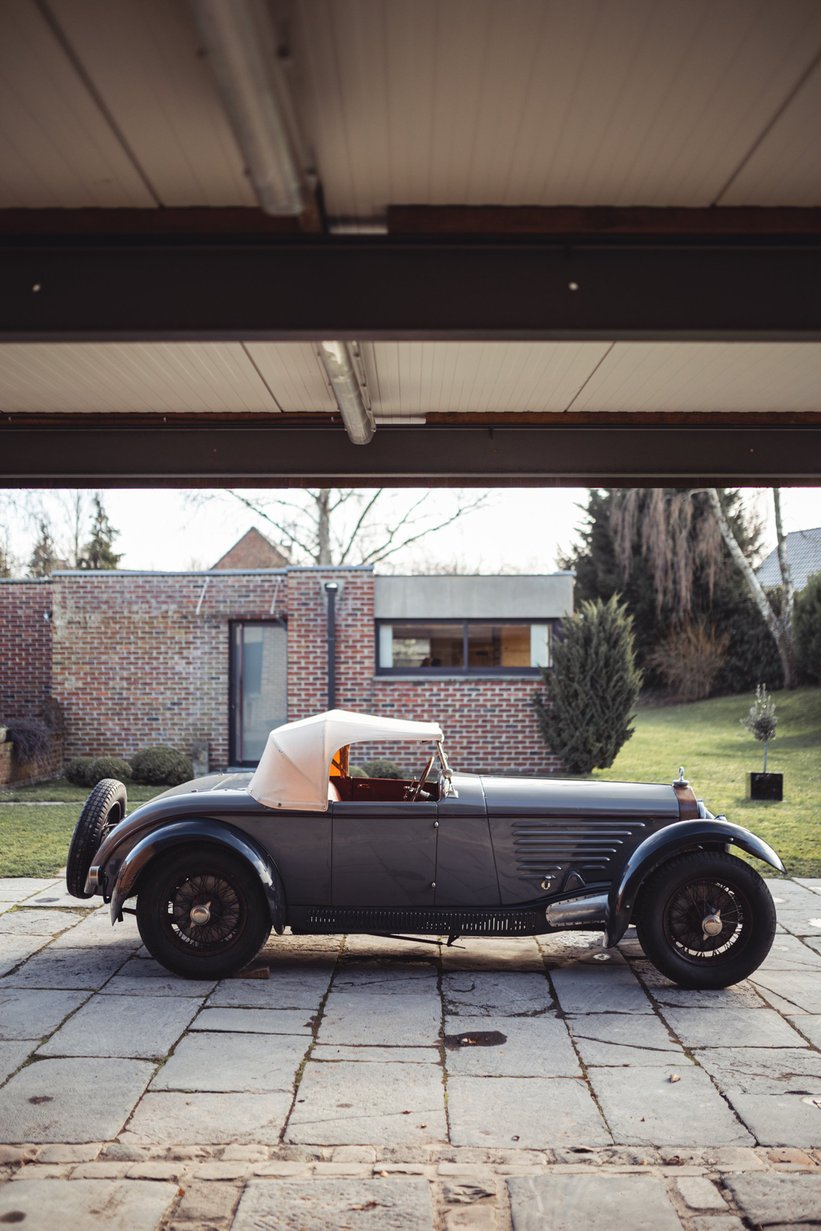
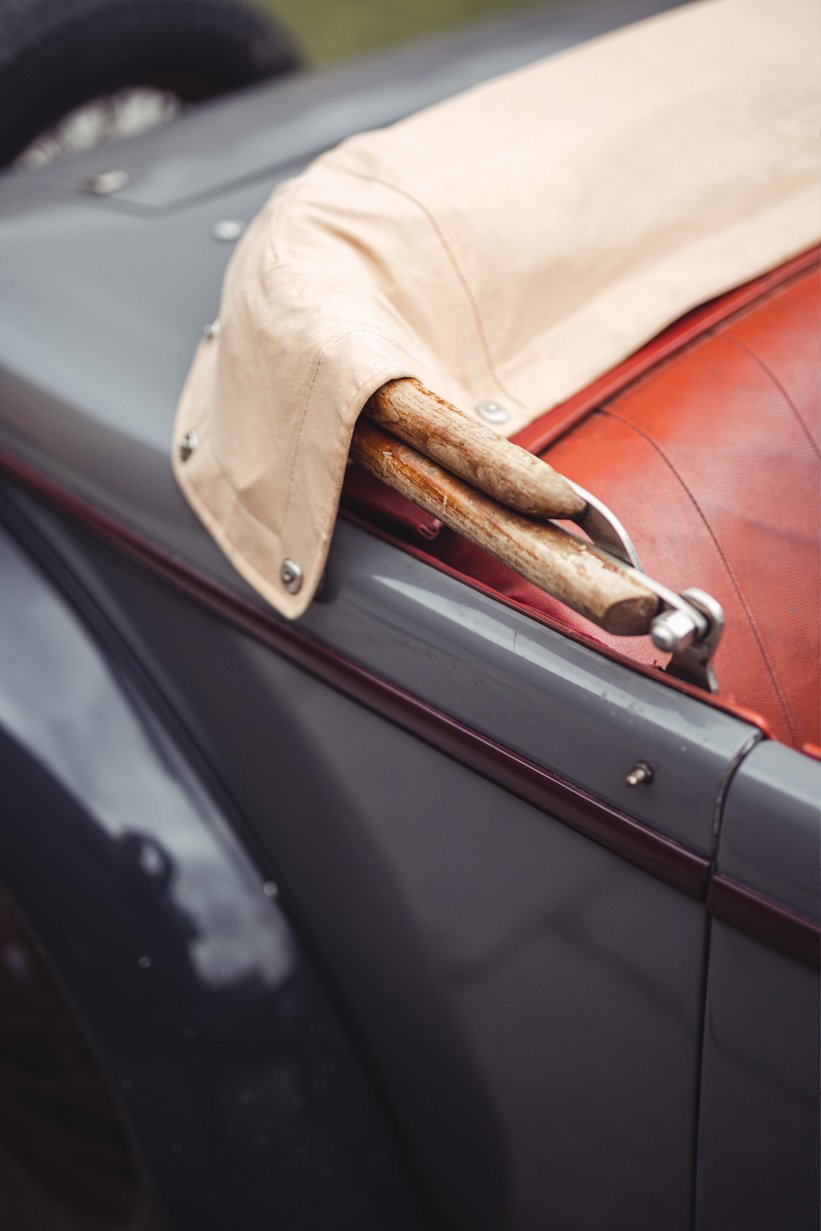
This car was presented at the last 2022 Retromobile show on the Aguttes On Wheels stand. It was for most attendants a love at first sight affair. Almost unknown, never seen in a Concours d’Elegance before, the car stuns with its perfectly proportioned lines, both compact and elegant. The dashboard, with its Oméga-Six branded Jaeger meters, reveals the car’s sporting nature, with performances similar to a Bugatti 43A.
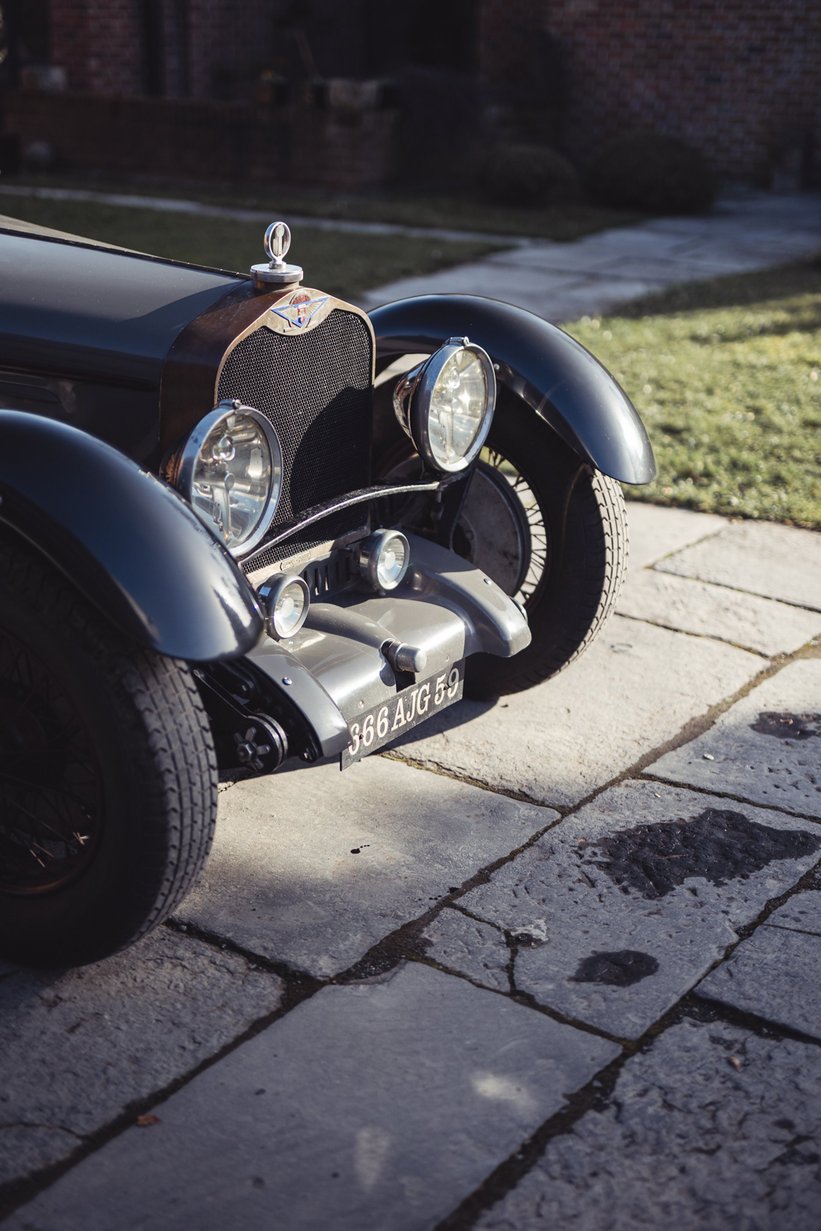
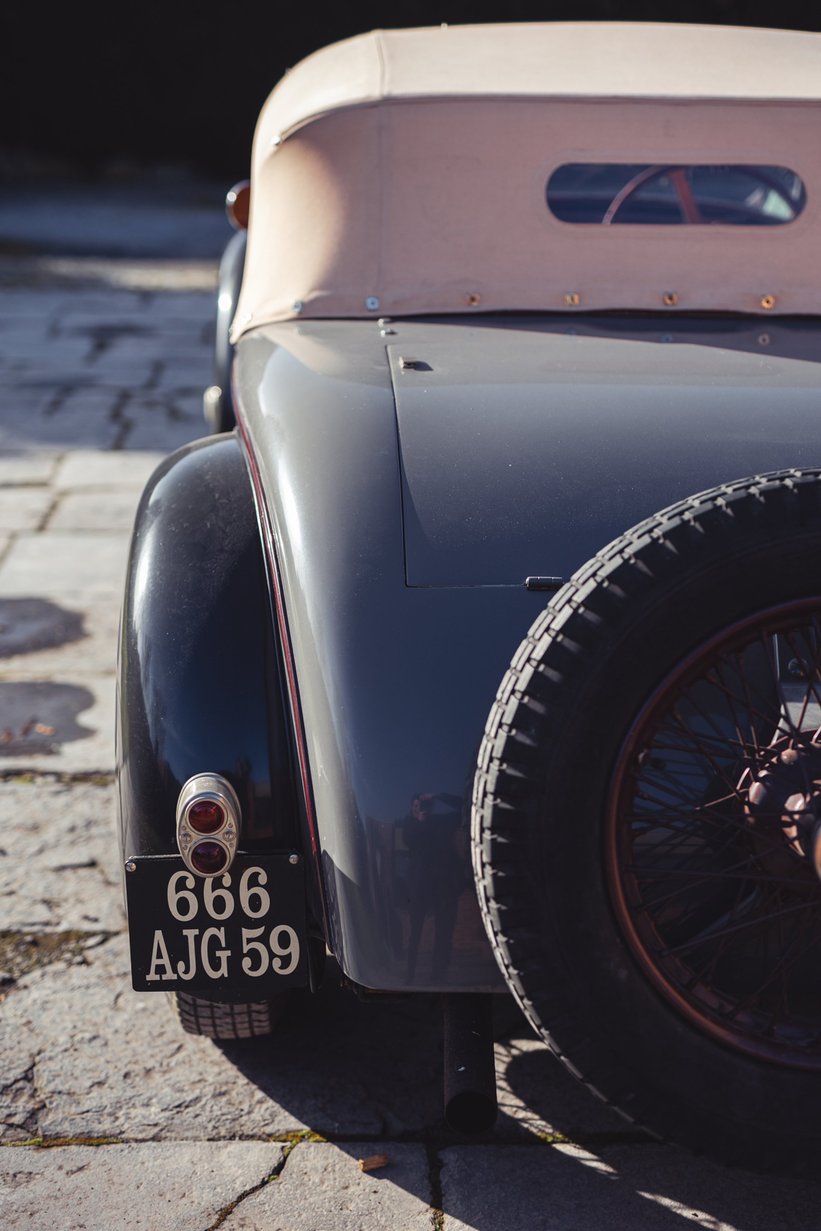
It deserves to continue its destiny in the hands of a collector who will appreciate its rarity, its undeniable driving pleasure, and its high-quality construction. In short, everything that made the reputation of Oméga-Six in the early 1930s.
As an ultimate tribute to the history of the brand, Peter Auto would be delighted to see this car take the start of a future Le Mans Classic edition, where the brand had tried to shine, without success, in 1924 and 1925. And of course, this unique car will also be welcomed in any major Concours, including Chantilly Art & Elegance, as a fresh and remarkable entrant.
Photos by Mathieu Bonnevie






























